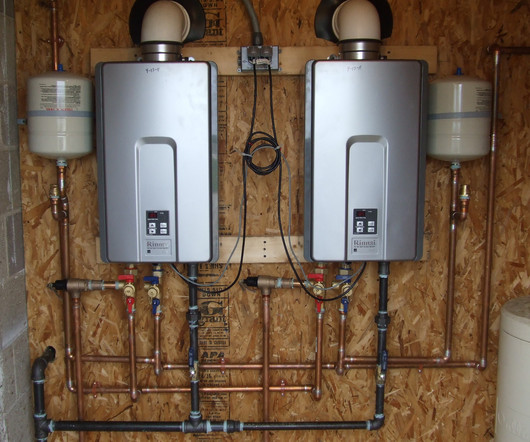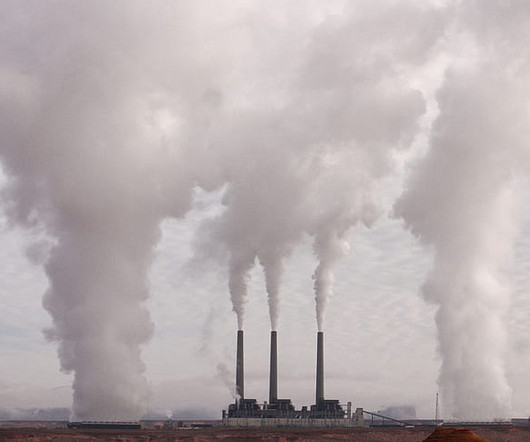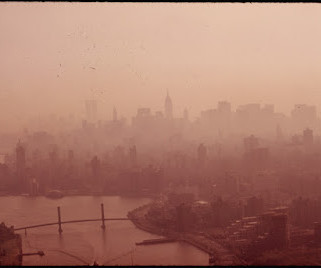EPA Announces $1.35 Million Penalty, Settlement With Genesee & Wyoming Railroad Over Clean Air Act Violations
PA Environment Daily
JANUARY 24, 2023
and numerous affiliated companies (collectively, GWRSI) for violation of Clean Air Act (CAA) locomotive regulations. The locomotives at issue in this settlement burn diesel fuel which produces significant emissions of nitrogen oxides (NOx) and fine particulate matter.













Let's personalize your content